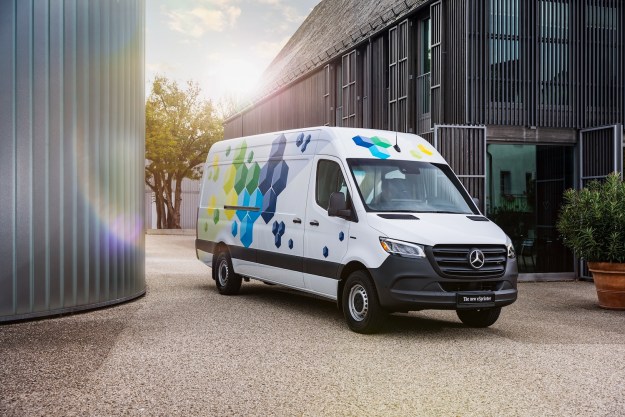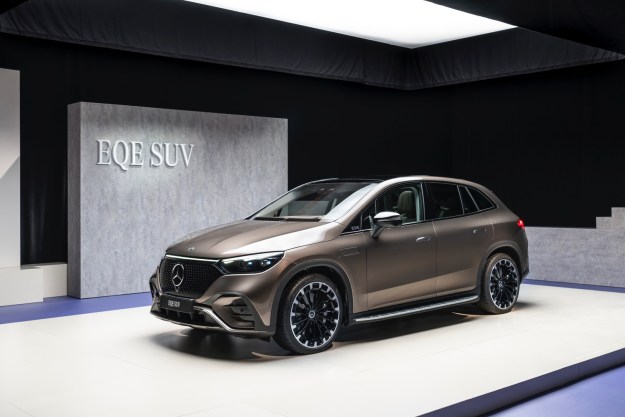The Mercedes-Benz S-Class is viewed by many as a crystal ball, showing technologies that will eventually trickle down to more mainstream cars.
The current S-Class doesn’t disappoint. An array of sensors and cameras predict a higher level of vehicle automation that seems likely to become the norm in the next few years. Apparently, Reaganomics only works when it comes to car tech.
So if today’s S-Class is already changing the automotive landscape, what does Mercedes have in store for the next S-Class?
In an interview with Auto Express, Mercedes chief interior designer Jan Kaul hinted at some of the features that will appear in the next-generation model, due in 2018.
Among the highlights is gesture-recognition technology. This will be limited to certain functions – you won’t swipe at the air to input a destination into the navigation system – but Mercedes believes this tech has a place in its cars.
Related: Mercedes-Benz considers all-electric S-Class
Considering that the driver is supposed to have his or her hands on the wheel at all times, it’s difficult to see how gesture controls will work. The system will have to be accurate enough to correlate actions with many variations on a given gesture, but respond quickly as well.
Maybe Mercedes drivers will operate it by blinking.
The next S-Class will also feature a large display screen like the one that sweeps across the dashboard of the current model. However, Mercedes won’t do anything as radical as Tesla’s 16-inch touchscreen.
The massive screen gets a lot of attention for the Model S, but Kaul said it’s impractical because it forces users to reach for a virtual “button,” and because the vertical positioning puts some functions too low on the center console.
In addition to being blanketed in tech, the next S-Class interior will feature a novel construction method.
The one-piece seats and air vents from the Concept S-Class Coupe shown at last year’s Frankfurt Auto Show are apparently high on Mercedes’ priority list.
The seats would feature a more elegant design, but could still incorporate the heating, adjustment, and massage functions of the lounge chairs Mercedes customers expect.
It may even be possible to 3D-print some trim pieces, although Mercedes will have to a lot of testing to see if the parts meet its quality standards.
That all sounds pretty good, but where will Mercedes go from there? Mind-reading technology?
Editors' Recommendations
- Mercedes G580 electrifies an off-road icon
- 2025 Mercedes-Benz EQS sedan gets new face, bigger battery
- 2024 Mercedes-AMG S63 E Performance first drive review: high-performance plug-in
- Mercedes-Benz Vision One-Eleven concept looks to the past for inspiration
- Mercedes-Benz EQE SUV first drive review: ’90s look, cutting-edge tech


